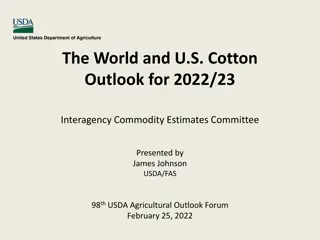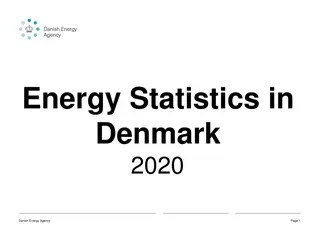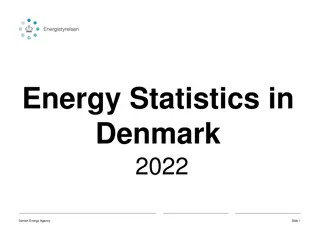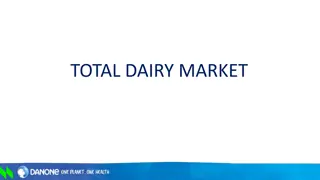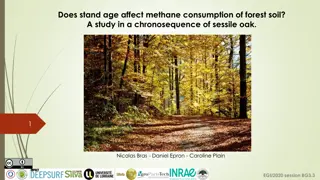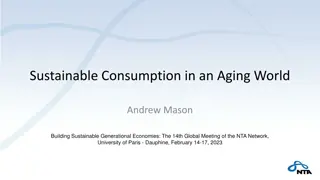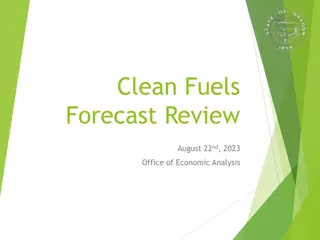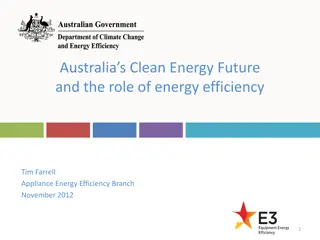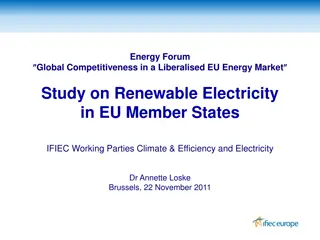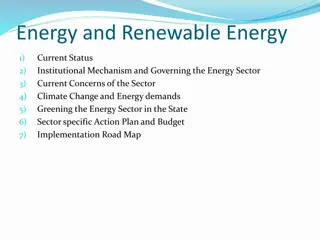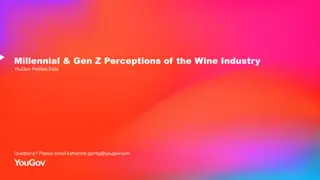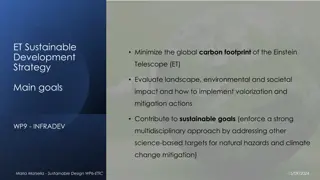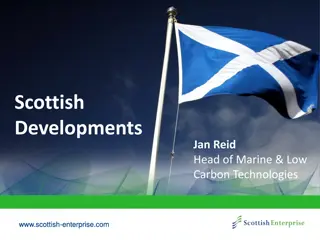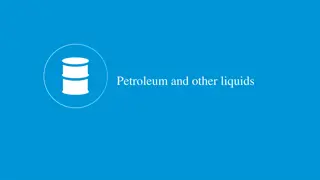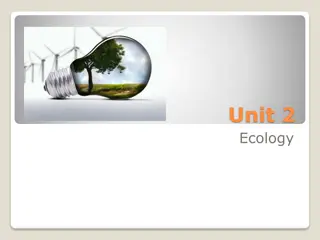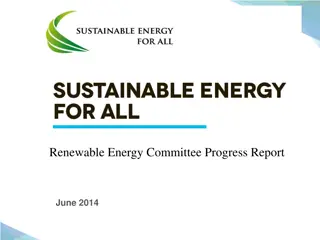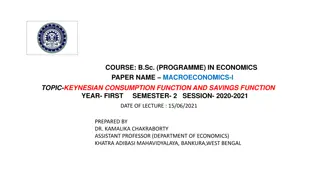Global Trends in Energy Consumption and Economic Policies
Discover a fascinating analysis of historical events like the Smoot-Hawley Act of 1930 and current economic trends like the rise of LNG imports in 40 countries. Explore the impact of protectionism on trade, the Norwegian Oil Fund's fossil-free initiatives, and the increasing demand for natural gas up to 2040. Gain insights into shaping expectations in the energy sector and the growing importance of non-OECD countries in global consumption patterns.
Download Presentation

Please find below an Image/Link to download the presentation.
The content on the website is provided AS IS for your information and personal use only. It may not be sold, licensed, or shared on other websites without obtaining consent from the author. Download presentation by click this link. If you encounter any issues during the download, it is possible that the publisher has removed the file from their server.
E N D
Presentation Transcript
Dr. Sarvar Gurbanov ADA University School of Public and International Affairs (SPIA)
Does history repeat itself?
The high point of US protectionism In 1930 Smoot Hawley Act Average tariffs were raised to 53 percent on protected imports President Herbert Hoover, the tariff signed into law on June 17, 1930 Retaliation by 25 trading partners of United States, Two years after the act, US exports decreased nearly two-thirds Mr. Trump is complaining on KORUS, NAFTA, TPP, 12- nation Trans-Pacific Partnership trade pact Is Mr. Donald Trump next Hoover?
Norway Oil Fund Oil and gas equities currently account for around 6% of the Government Pension Fund $36.49 billion In April, Storebrand, Norway s largest private- pension fund, said it had launched two new fossil-free funds. Several U.K. pension plans have funds that don t invest in the sector. In 2014, Stanford University said it wouldn t invest in coal-mining companies, and under pressure from environmental activists
Number of countries importing LNG has risen to 40, from 17, a decade ago
International Energy Agency Demand for natural gas will grow about 1.5% a year out to 2040, including both LNG and gas transported by pipeline, compared with oil-demand growth of 0.4% a year
The share of world natural gas consumption in non-OECD countries increases from 53% in 2015 to 59% in 2040. #IEO2017 Natural gas continues to be an attractive fuel for the electric power and industrial sectors in many countries. These two uses account for nearly 75% of the projected increase in total consumption between 2015 and 2040.
in 2010 Energiewende is introduced By one estimate, businesses and households paid an extra 125 billion in increased electricity bills between 2000 and 2015 to subsidize renewables. One-third of Germany s electricity is actually generated by renewables Natural gas accounts for only 9.4% of Germany s electricity, down from a little over 14% in 2010. Gas accounts for some 30% of U.S. electricity generation
UK became a net importer of petroleum products in 2013
Consumption is "out of control," OPEC members--mostly countries in the Middle East and Africa, plus Venezuela and Ecuador--now consume almost as much energy as China, with less than half its population. The Middle East, especially, is expected to account for a major chunk of future global demand growth.
Now exporter, In 2038: Importer Continued growth in Saudi energy use could make the country, now among the world's largest oil exporters, an importer by 2038, according to Chatham House, a U.K.-based think tank.
Thanks for your attention Dr. Sarvar Gurbanov ADA University School of Public and International Affairs (SPIA) sgurbanov@ada.edu.az








